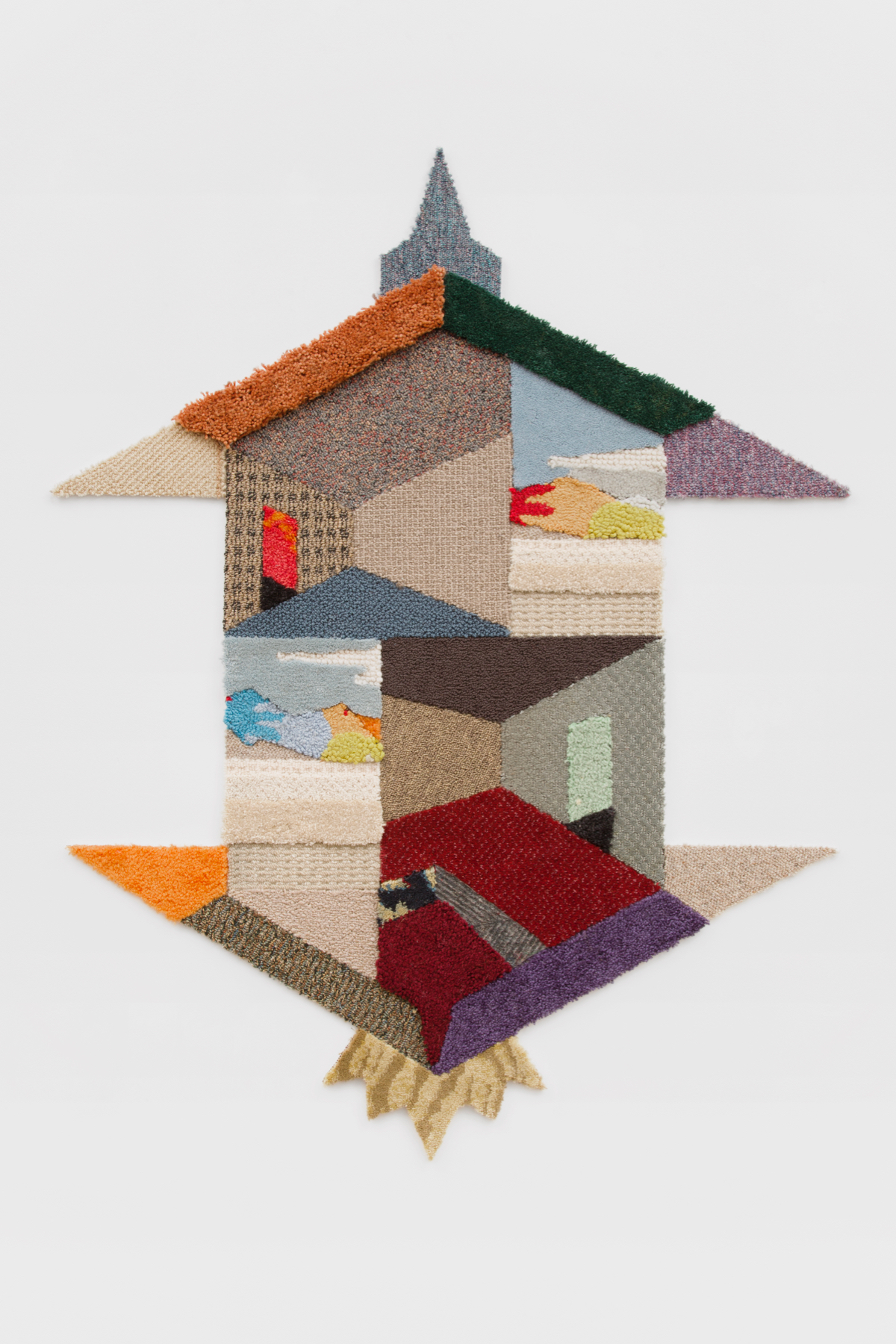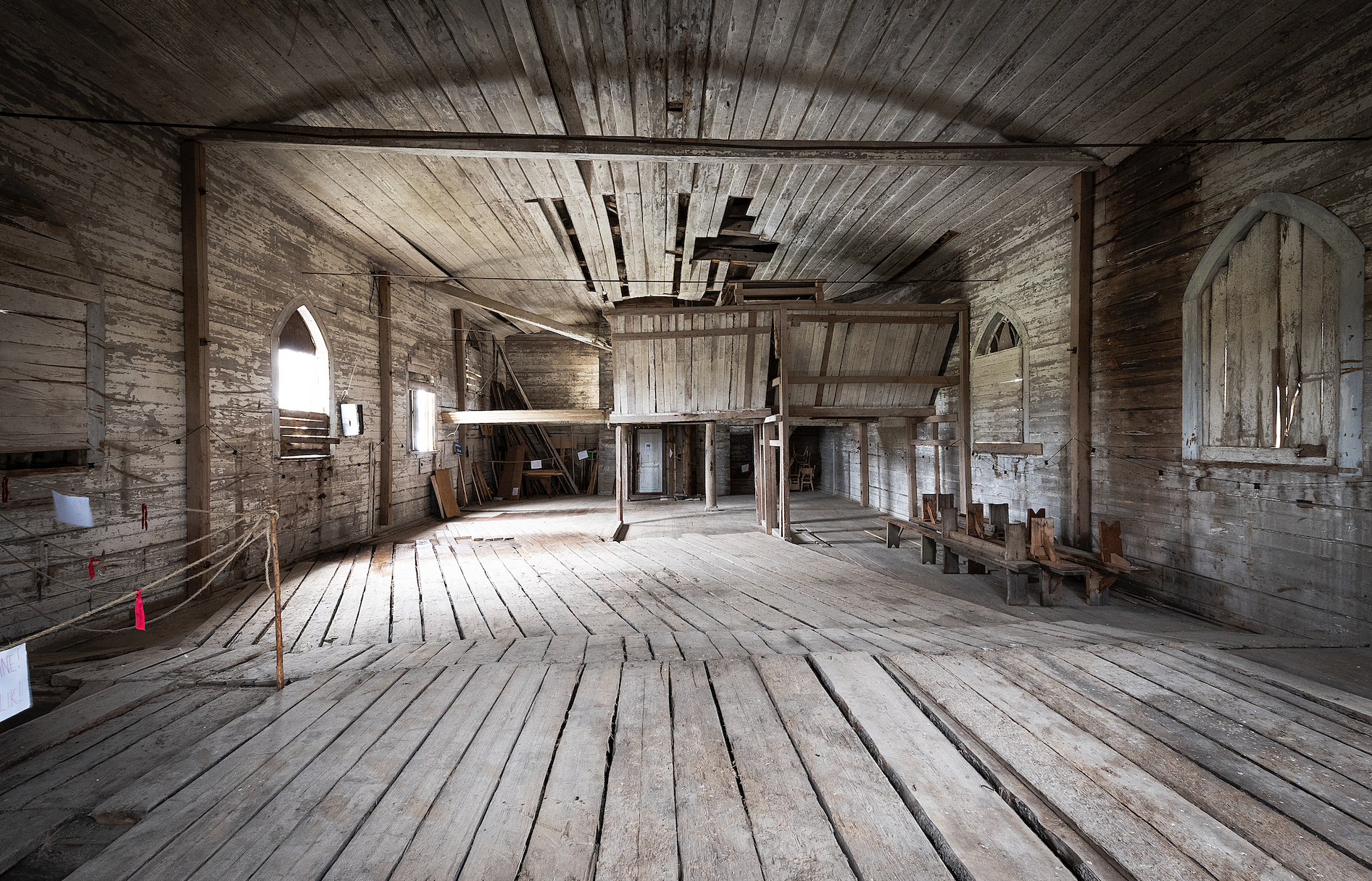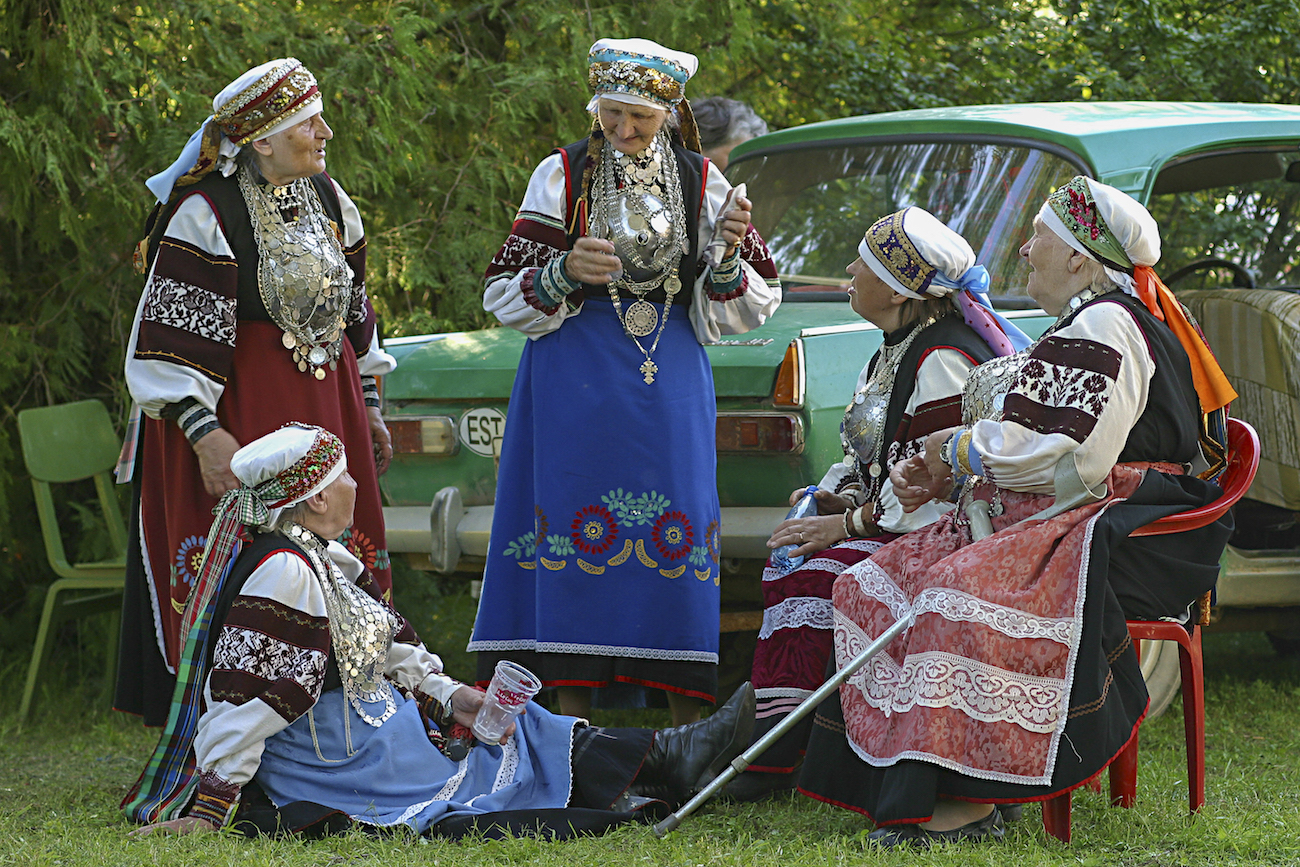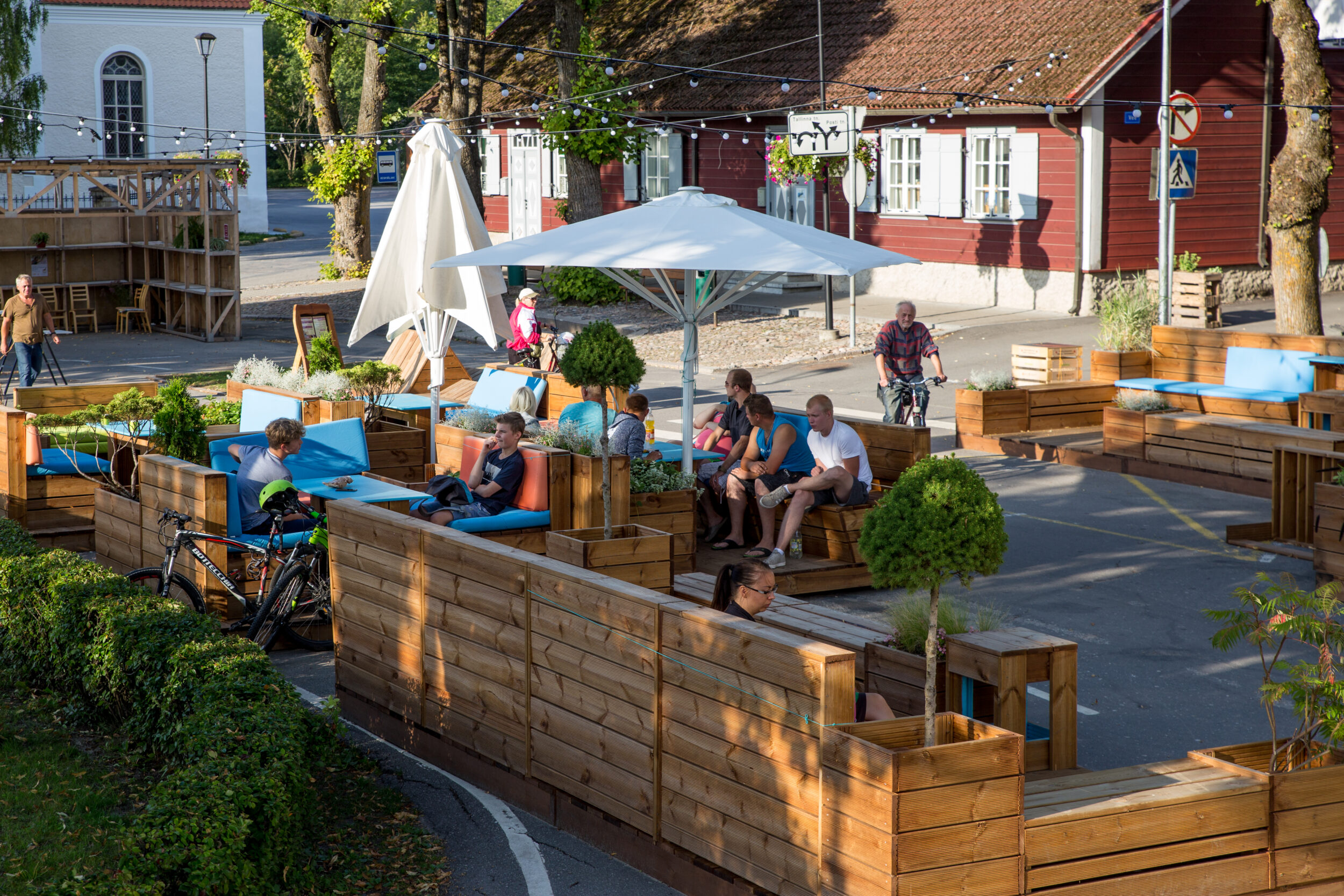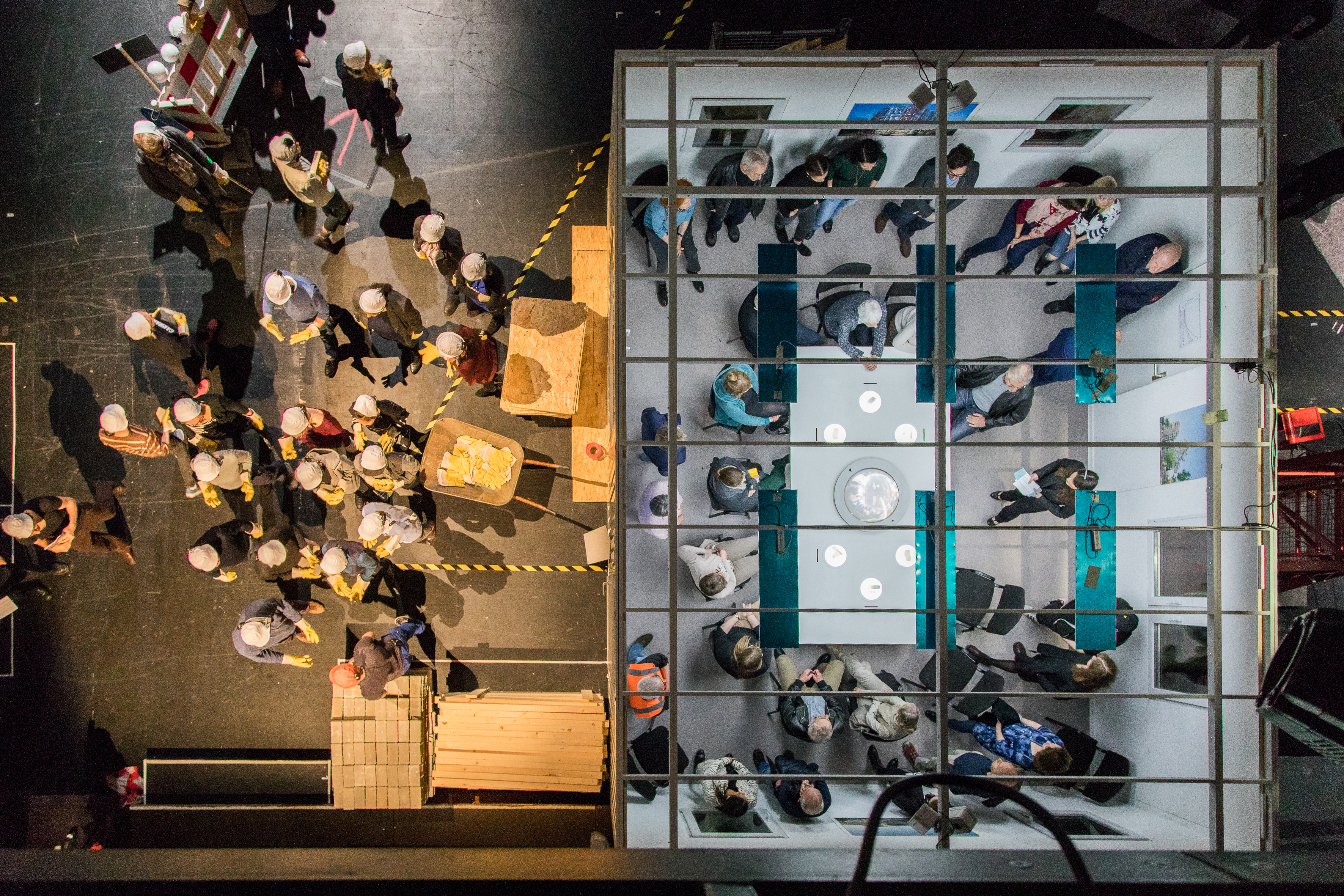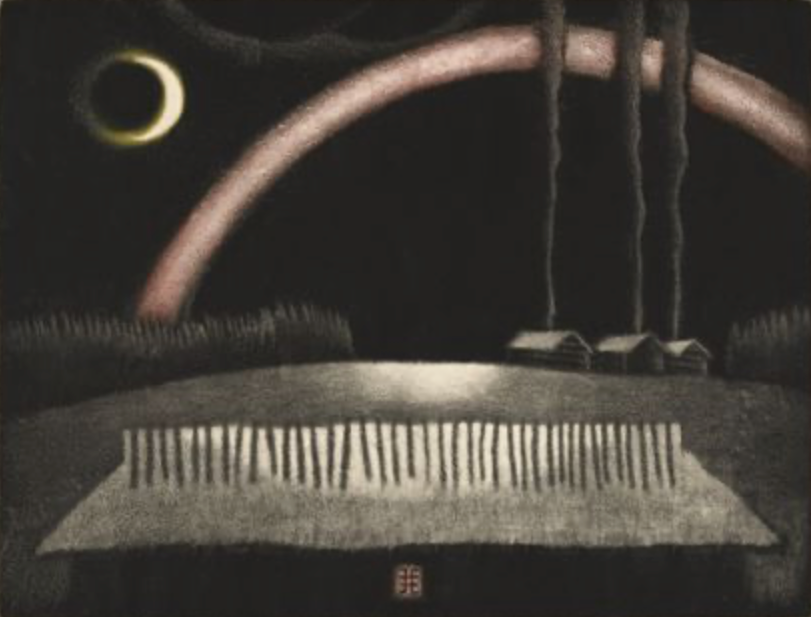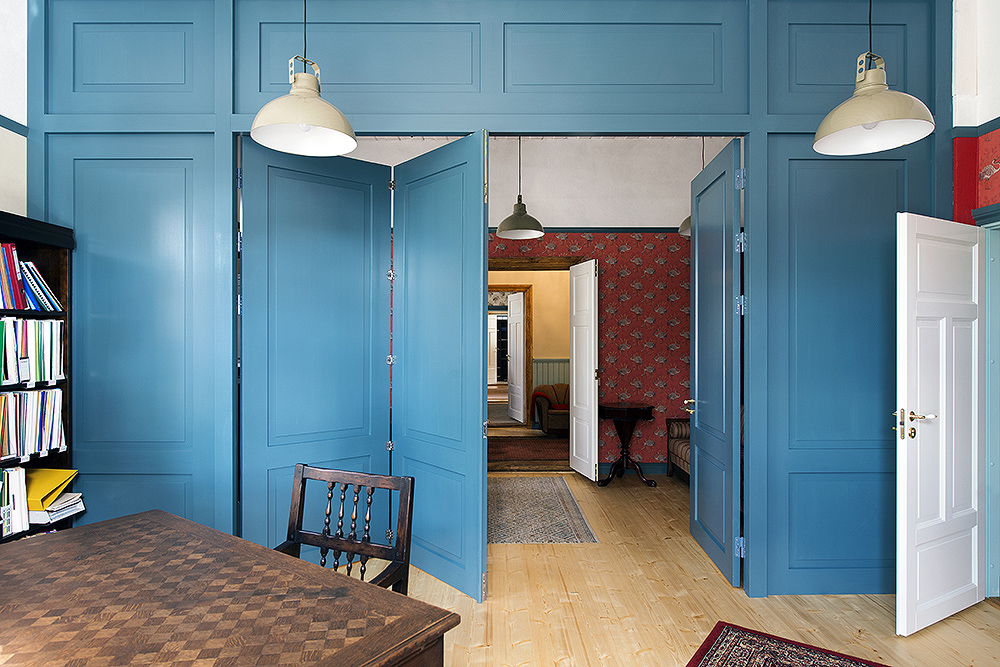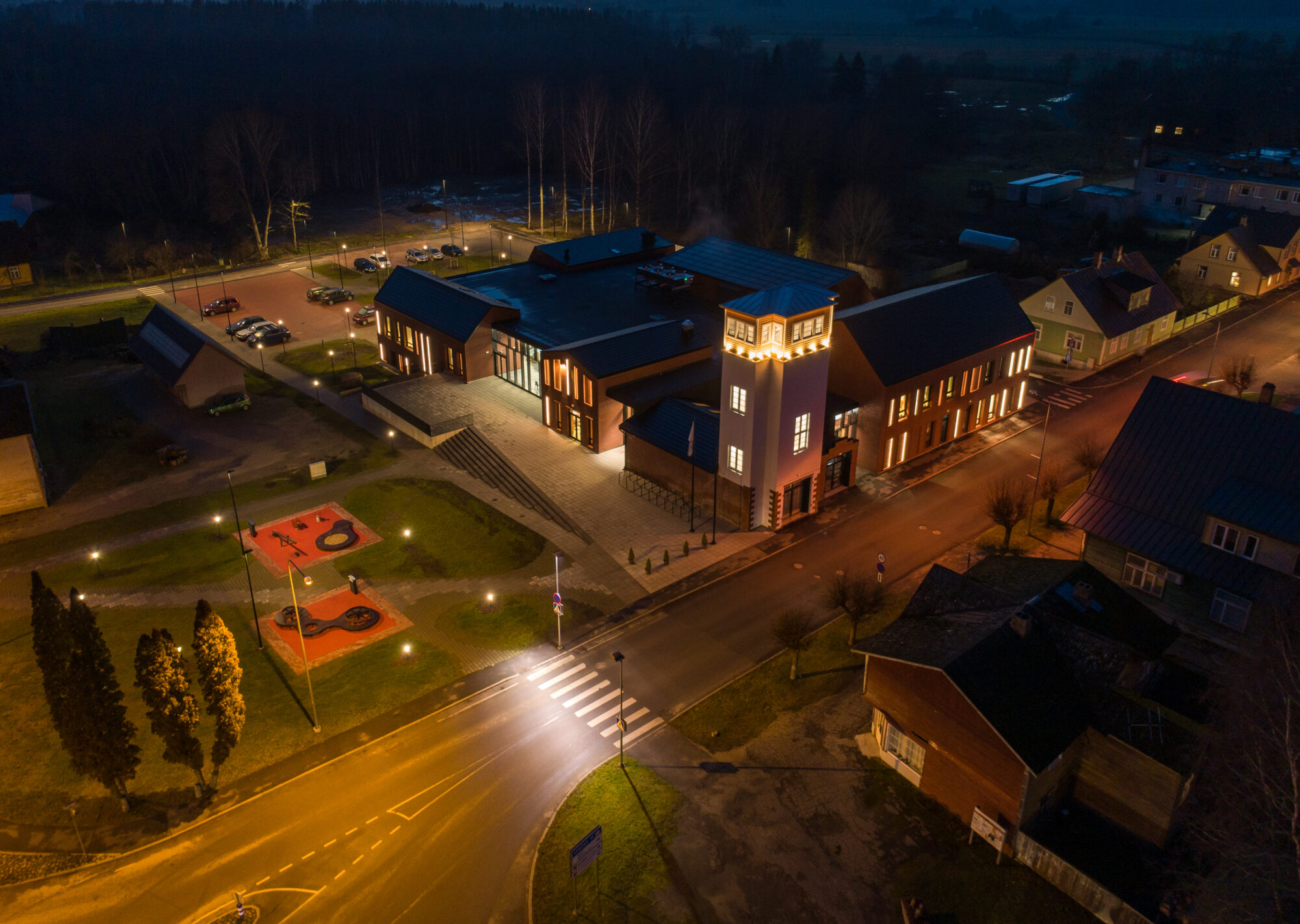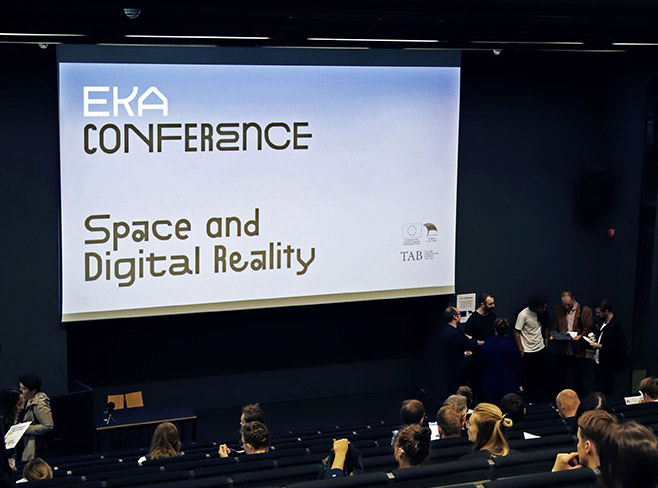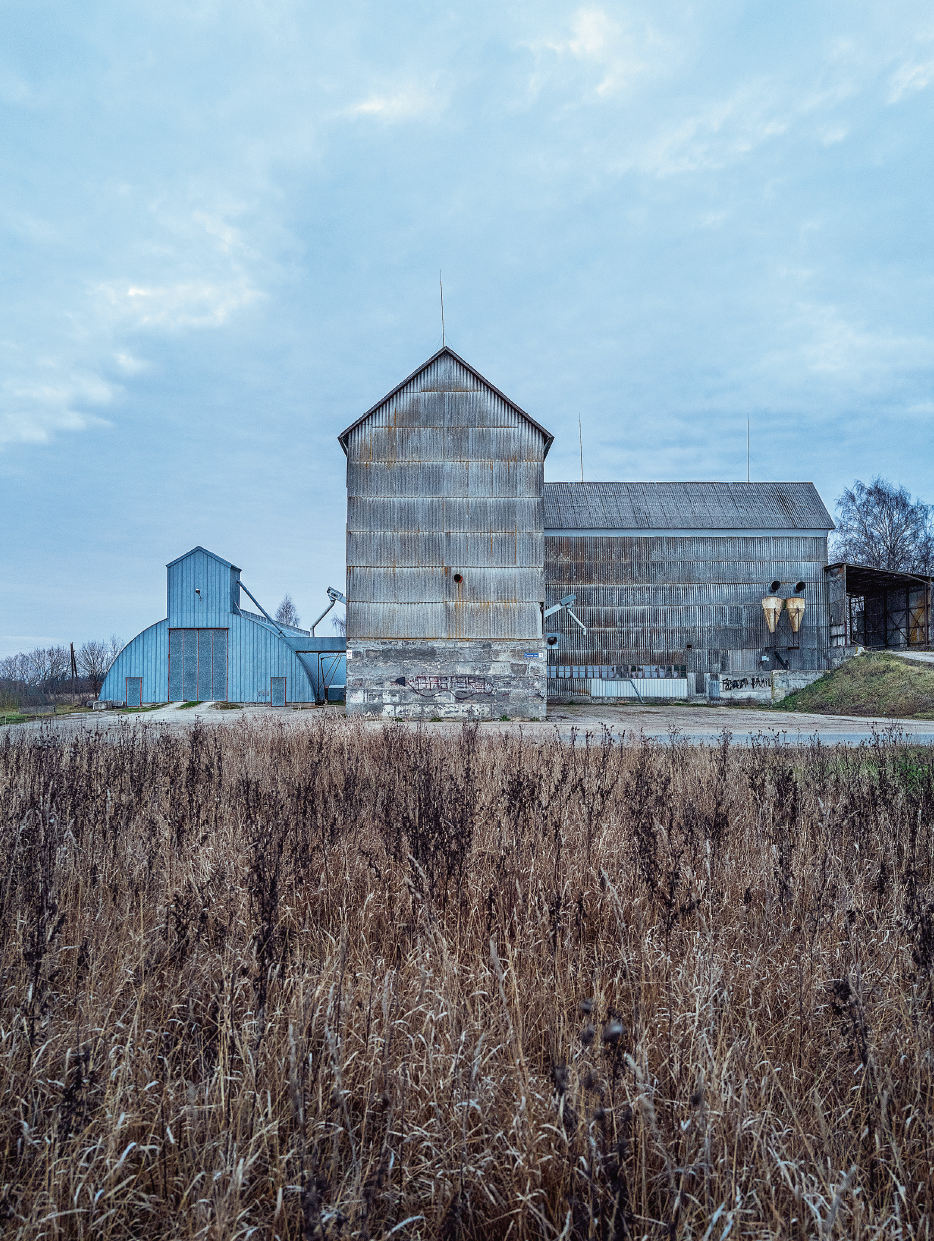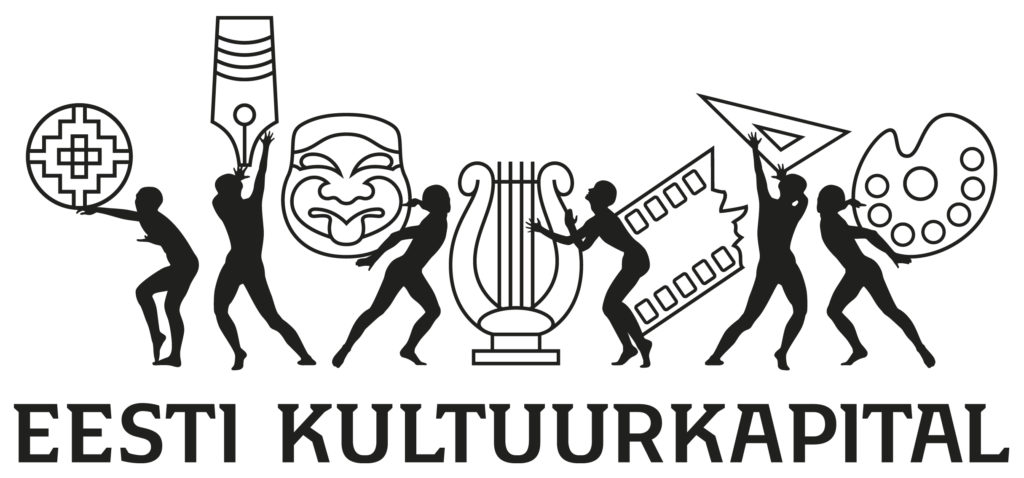 kaire
kaire
Reviving the “industrial backwoods” of Tudulinna
The reconstruction of buildings under heritage protection and providing them with new content is one way to make a small borough known and alive again.
From the City to the Countryside: Community-Based Solutions
What are the advantages and pull factors of rural areas?
Small Town Hues
For three consecutive summers Paide central square has provided a collaborative platform for locals, participants of the Opinion Festival and municipality to find the best possible joint space for the community.
A glance at the Oslo Architecture Triennale
The seventh Oslo Architecture Triennale, themed ‘ENOUGH – Architecture of Degrowth’, took place in the autumn of 2019. It was curated by Maria Smith, Matthew Dalziel, Phineas Harper and Cecile Sachs Olsen from the transdisciplinary architecture and engineering practice Interrobang. The triennale focused on architecture that stems from reflecting on social relations rather than the pursuit of profit.
Estonian farmstead—a compass pointing to both the past and the future
What can barn-dwelling architecture teach us today?
A Heated Sanctuary
In addition to bringing together various public functions, the former Kulla confirmation house reconstructed as a library and rural municipality office also functions as a gate to the local community.
Suure-Jaani Gained a Chunk of a Town (centre)
Careful homework on selecting the location for Suure-Jaani health centre, the wise decisions made by the local government as well as drawing together a number of public functions have provided the means for the emergence of very good architecture and the future town centre of Suure-Jaani.
Space and Digital Reality
The top-level conference held at the Estonian Academy of Arts during the Tallinn Architecture Biennale dealt with the effect of digitality on architecture, production processes and society.

